Saving Monarchs
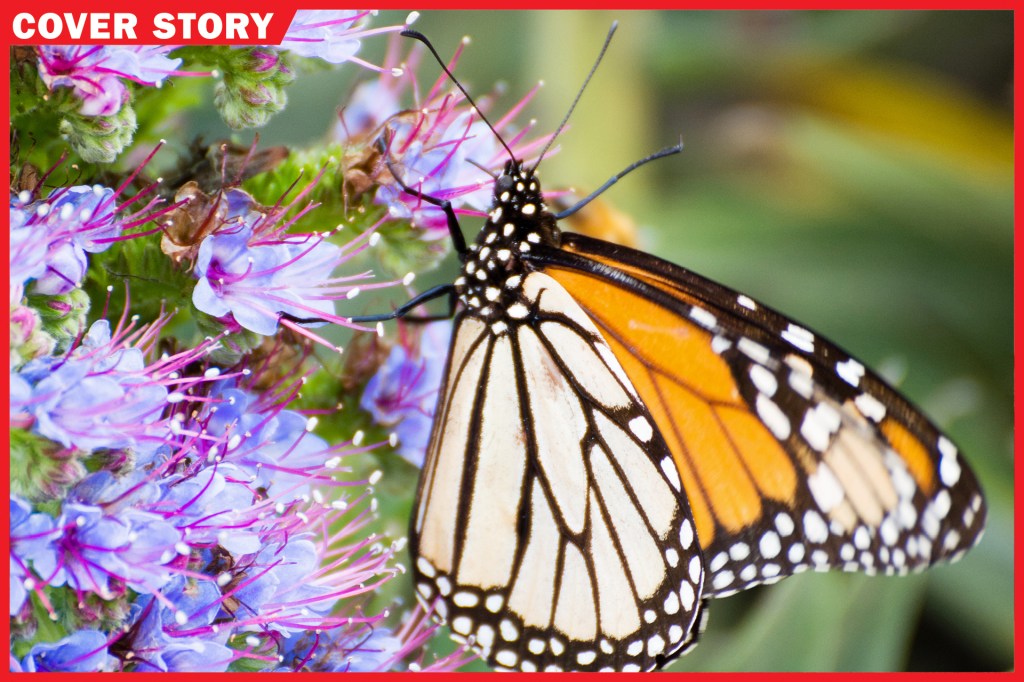
In the 1980s, about 4.5 million monarchs spent winter on the coast of California and northern Mexico every year. “There would be these forests full of monarch butterflies looking like leaves on trees,” Elizabeth Crone told TIME for Kids. Crone is a professor at Tufts University, in Massachusetts. She studies the species.
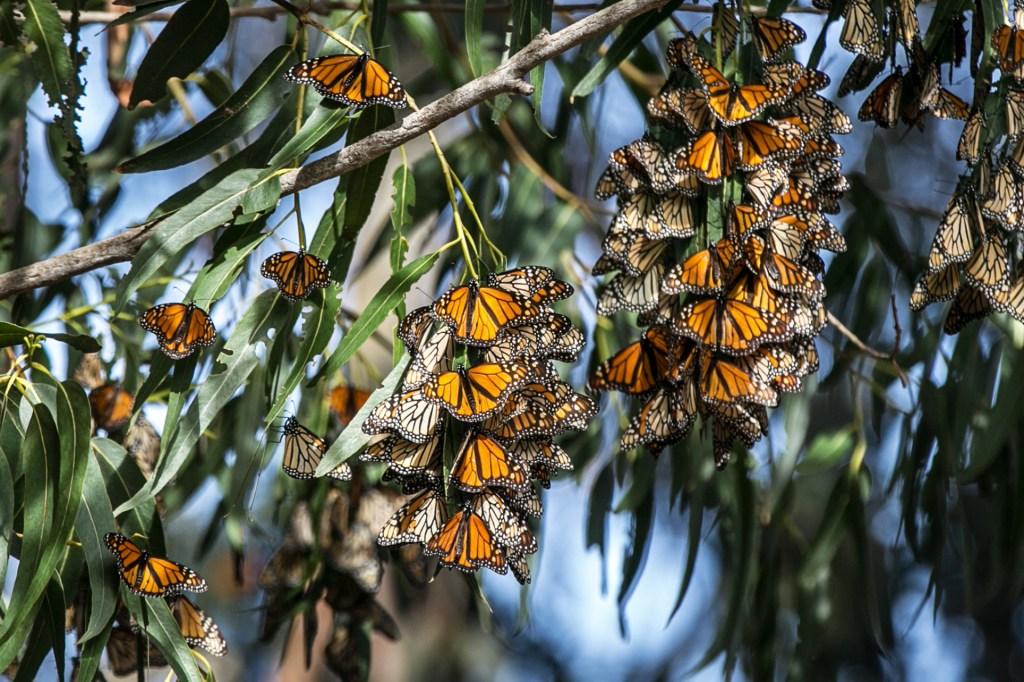
LIKE LEAVES ON TREES Monarch butterflies gather on a eucalyptus tree on the California coast in 2018.
GEORGE ROSE—GETTY IMAGES
In 2020, fewer than 2,000 monarchs were counted in California. This means their population has dropped more than 99%. “The decline has been pretty staggering,” says Hillary Sardiñas of the California Department of Fish and Wildlife (CDFW). In the West, “folks haven’t seen monarchs in a number of years.”
To change that, CDFW, River Partners, and other groups began last year to plant 30,000 milkweeds in California. Monarchs need milkweed to survive. Will this plan save the insect from extinction?
Monarchs and Milkweed
Monarchs have a “very specific relationship” to milkweed, Sardiñas says. They breed only where milkweed is growing. Females lay eggs on it, and monarch caterpillars eat it. The plant is poisonous to many animals, but not to monarchs. Its toxins build up in the butterfly’s body, making the monarch deadly to predators.
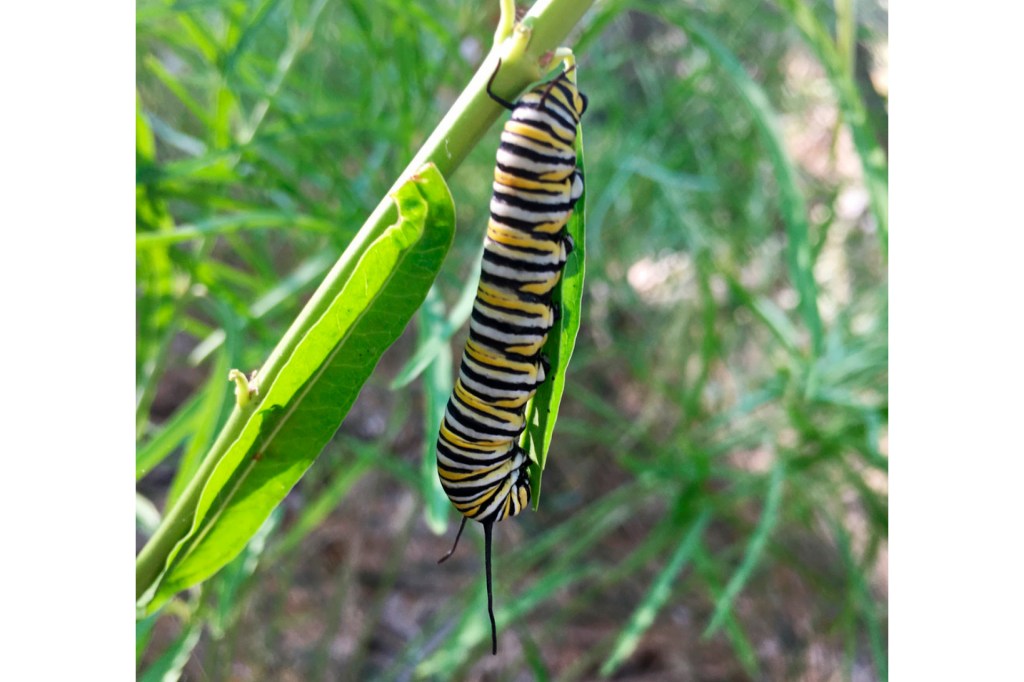
WHAT'S FOR LUNCH? Monarchs need milkweed to survive. The plant is food for monarch caterpillars.
COURTESY CHERYL SCHULTZIn California, milkweed is “virtually gone” because of farming, says Cheryl Schultz, of Washington State University. She’s an adviser on the project. The goal, Schultz says, “is to get enough milkweed into the landscape so that when monarchs are migrating and leave the coast, they can find places to breed.” Wildflowers such as lupine have also been planted. They provide the nectar monarchs need to fuel their migration.
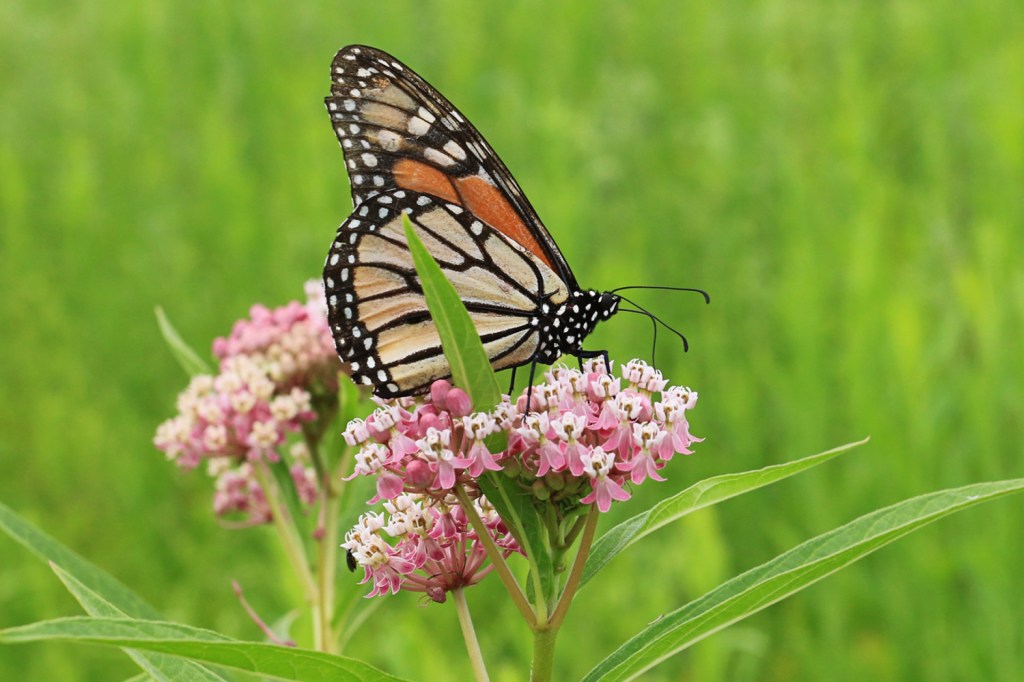
MILKWEED MATTERS Desert, showy, and narrowleaf milkweed (pictured) are planted to help monarchs in California.
COURTESY RIVER PARTNERSIn North America, there are two groups of monarch butterflies. Eastern monarchs live east of the Rocky Mountains. They migrate south to Mexico in the fall and fly back north in the spring. Western monarchs live west of the Rockies. In the fall, they migrate to California and northern Mexico. In the spring, they fly inland
inland
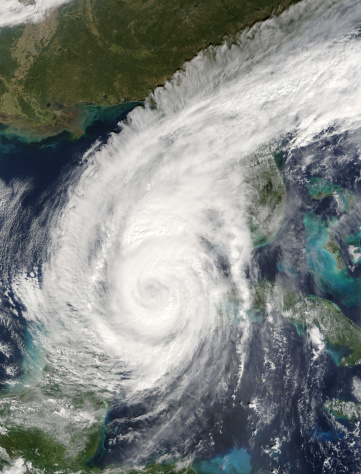 SCIENCE PHOTO LIBRARY-NASA/GETTY IMAGES
away from the coast
(adverb)
As the hurricane approached, we traveled inland.
.
SCIENCE PHOTO LIBRARY-NASA/GETTY IMAGES
away from the coast
(adverb)
As the hurricane approached, we traveled inland.
.
Both groups are in decline. Scientists blame habitat loss, climate change, and pesticides. But monarch butterflies aren’t on the endangered-species list. The United States Fish and Wildlife Service said last year that monarchs deserved protection but that other species needed more help.
In the Field
On a windy day in March, Asia Jones, of River Partners, led a 15-person crew at the Yolo Bypass Wildlife Area. The Northern California site is one of eight planting locations. Each person carried a bucket of 100 milkweed rhizomes
rhizome
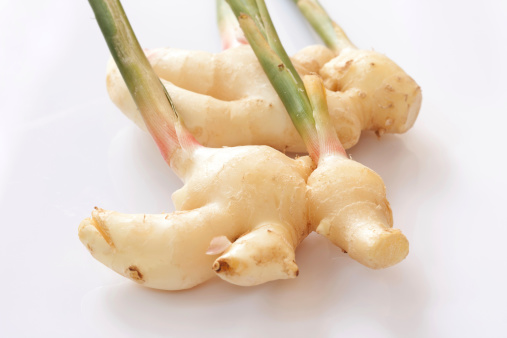 NUJALEE—GETTY IMAGES
a thick plant stem that grows underground and has shoots and roots growing from it
(noun)
People use a ginger plant's rhizome to spice up their dishes.
. “They’d walk in a straight line down a row, and every three feet, they’d dig a quick hole and throw in a rhizome,” Jones says. Together, they planted 4,500 rhizomes. They also spread lupine seeds.
NUJALEE—GETTY IMAGES
a thick plant stem that grows underground and has shoots and roots growing from it
(noun)
People use a ginger plant's rhizome to spice up their dishes.
. “They’d walk in a straight line down a row, and every three feet, they’d dig a quick hole and throw in a rhizome,” Jones says. Together, they planted 4,500 rhizomes. They also spread lupine seeds.
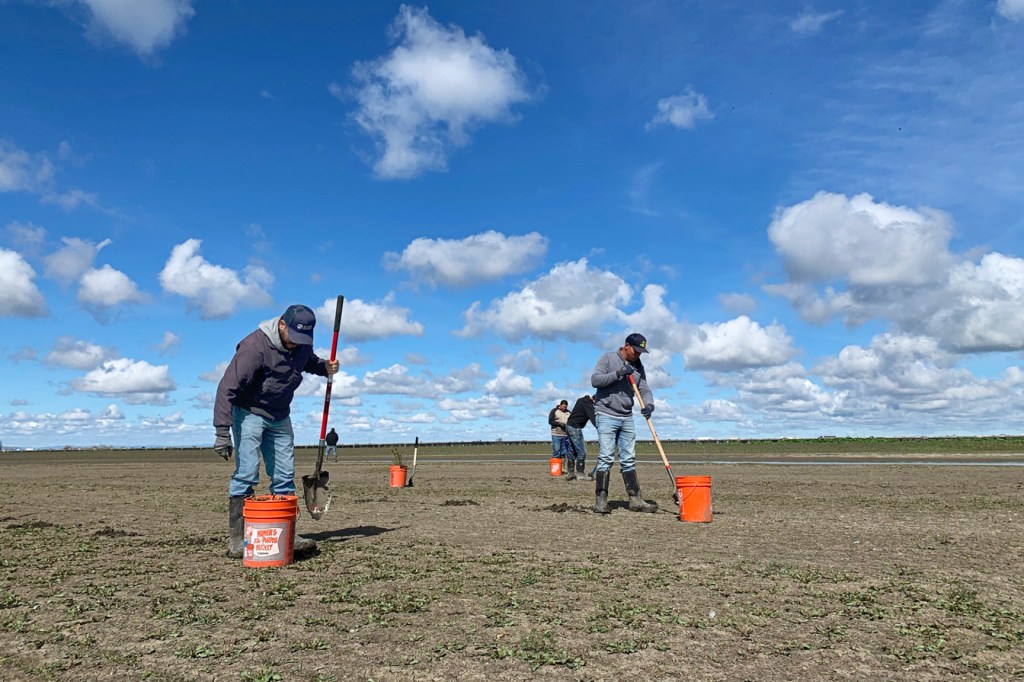
PLANTING TIME A crew from River Partners plants milkweed in California’s Yolo Bypass Wildlife Area.
COURTESY RIVER PARTNERS

BY THE BUCKET A total of 4,500 milkweed rhizomes were planted at Yolo Bypass.
COURTESY RIVER PARTNERSData from the next western monarch count, by the Xerces Society, is due in January. “People like to see these bright-colored orange butterflies,” Crone says. But Schultz thinks it will take “at least a decade” to note a significant increase in their numbers. “Restoring the habitat takes time,” she says. “We’re not going to see results overnight. . . . But I have an incredible sense of hope that we can do this.”
You Can Help

Do your part to protect monarch butterflies. “What I want kids to do is get engaged,” says Hillary Sardiñas, of the California Department of Fish and Wildlife. Plant native milkweed. Grow wildflowers. If you are in the West and see a monarch, take a photo. Upload it to the Western Monarch Milkweed Mapper. “You can help track the migrating monarchs and understand where they are during the year,” Sardiñas says. “That’s super valuable information to us.”











